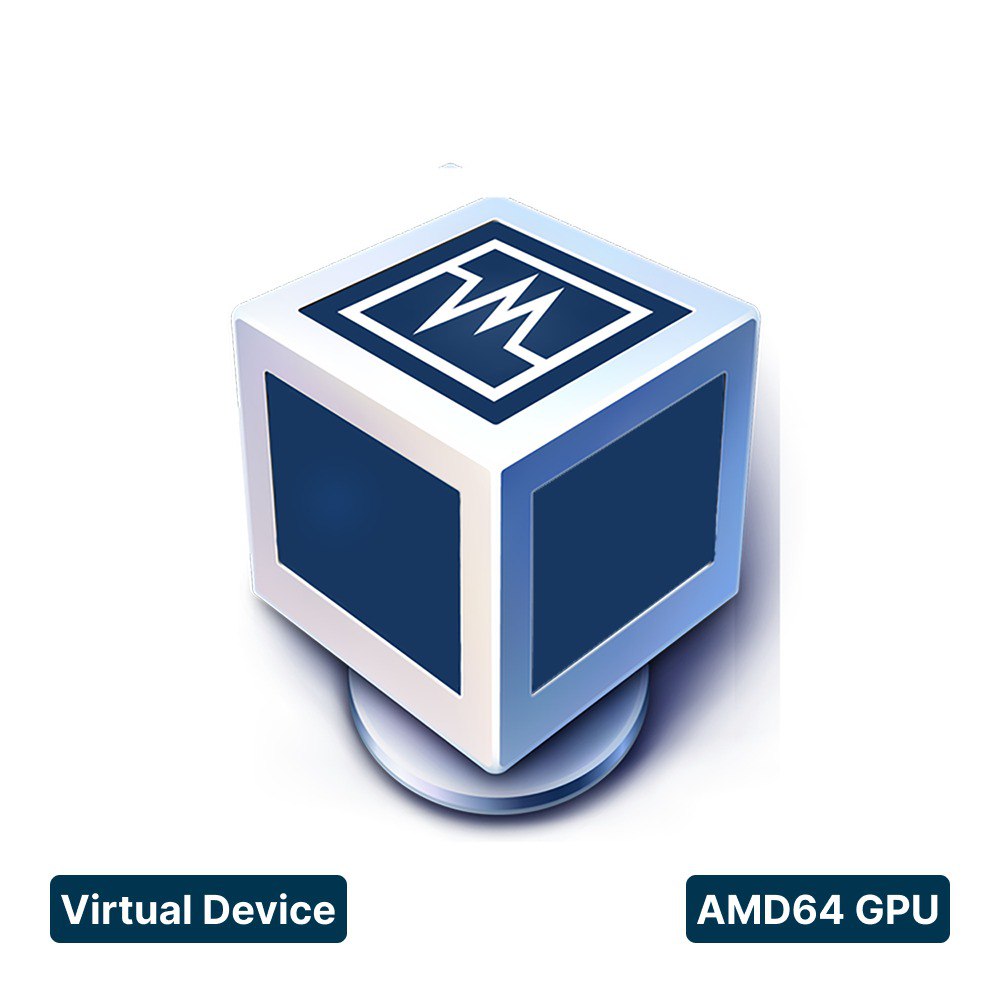How to optimise IoT deployments with Docker containers
The use of Docker containers in the Internet of Things is becoming increasingly widespread, but being able to use this technology in IoT requires tools that allow simple, centralised, and secure management of the entire process.
What is Docker?
Docker is a software platform for the quick development and testing of applications as well as programming in any language.
Software development with Docker
Docker delivers software in standardised units known as containers, which include everything an application needs to be able to run, such as libraries, configuration tools, code, and runtime.
This technology gives application developers enormous flexibility as it offers the freedom to develop applications in their preferred programming language and deploy them easily without worrying about hardware. It also makes application maintenance and version control easier, which is particularly useful for roll-out in distributed environments.
This is precisely the main feature of IoT: it is an enabler for distributed environments with which multiple devices and different hardware running applications.
Using Docker in IoT
Docker has become more popular across multiple sectors as result of the digitisation process, and its use in IoT is therefore growing. Sectors such as electricity distribution or the water industry are using IoT technology for their digitisation processes. In industrial environments in particular, digitisation is aimed at improving operational efficiency. One way of doing this is to extract value from the data obtained from their operations; and this is precisely where IoT comes in.
IoT nodes in industrial environments are designed not only to capture data but also to run more complex algorithms withing the IoT nodes themselves, knows as Edge Computing. In environments where data is processed on the IoT device itself, this Docker technology is highly valuable.
By definition, however, working with Docker in Industrial IoT means working in a distributed and remote environment that requires tools to control the lifecycle of IoT devices / nodes.
How to work with Docker in distributed and remote environments such as IoT
It is paramount to have a tool that allows remote and secure working in order to:
1. Deploy Docker containers on one or multiple IoT devices at the same time
2. Update the applications running on those devices
3. View what is happening in your IoT Nodes via log screens
Barbara has developed a tool for the management of the IoT device lifecycle, including the entire process of deploying and monitoring applications on Docker containers.

The IoT lifecycle management dashboard is part of our secure industrial IoT technology suite, Barbara OS, making it possible to:
• Monitor the “health” of all your IoT nodes. You can obtain real-time information on the status of all your IoT nodes to ensure they are running properly.
• Run and manage Docker individually or in batches across all your IoT nodes.
• Change application setup by modifying “live” parameters: remote resetting of your IoT nodes or their applications, or configuration of devices without the need to reboot the applications.
• Stop and start applications.
• Update both applications and the OS on your IoT nodes, keeping them up to date at all times with OTA (Over the Air) updates for firmware, software, and applications.
If you were interested in this article and want to know more about how can IoT help you in your digitalisation process, do contact us









